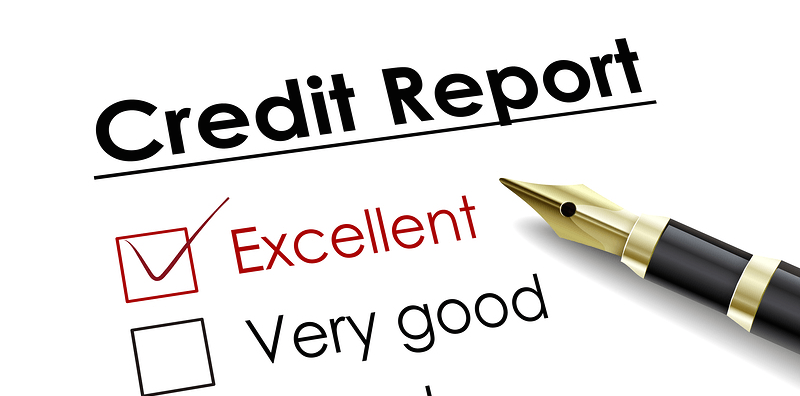STRENGTH IN TURBULENT TIME – IMPACTS OF CANADA’S NEW MORTGAGE RULES
Mortgage brokers have become an integral part of Canada’s financial landscape. Rather than deal directly with banks, about 30 per cent of Canadians turn to independent brokers to help them secure the best terms for their loan.
But as residential real estate markets continue to power ahead at a time of economic uncertainty, government regulators have started to tap the brakes. And it’s understandable that many mortgage brokers are getting edgy about what lies ahead.
Consider.
Lending rules for homes worth more than $500,000 have been toughened, lowering the amortization period to 25 years for high-ratio insured mortgages and tightening processes for mortgage approvals based on income.
New mortgage “stress tests” from the Office of the Superintendent of Financial Institutions (OSFI) take effect on January 1. They’re designed to ensure that if interest rates begin to rise from historically low levels, Canadian homeowners will be able to withstand the resulting pressure. It’s not an altogether unreasonable move given the context: Canada has the highest level of private debt of all G-7 countries.
It’s all the more relevant because the Bank of Canada has raised its key interest rate target by a quarter of a percentage point twice this year. In turn, those increases have pushed up the big bank prime lending rates which are used to determine rates for variable-rate mortgages and lines of credit.
The new rules are expected to reduce the number of first-time homebuyers entering the market. Now, even with a top-up from the Bank of Mum and Dad that bumps them over the 20 per cent insurance threshold, borrowers still have to pass that stress test for higher rates.
Many mortgage brokers are rightly concerned about an immediate hit to the overall volume of their business.
After all, many Canadians will now need more income for the same amount of mortgage. Early estimates suggest that a potential buyer of a $1-million home putting down 20 per cent, would see about a 15 per cent reduction in purchasing power.
There’s another downside to the coming change as well: The rules will not apply to mortgage renewals with an existing lender which has the effect of entrenching existing relationships and reducing the incentive to shop around for a better deal – and new lender.
For the overwhelming majority of brokers, however, any short-term impact is offset by the promise of a more sustainably healthy residential real estate market.
Mortgage brokers with high standards, who have a practice rooted in robust verification, due diligence and KYC rules, will be nominally affected. That’s also true for those who already adhere to the industry “best practice” of thoroughly reviewing the sources of a down payment.
As it is in any sector, disruption of the status quo causes anxiety. But in the case of mortgage brokers, the changes that lie ahead will lead to a stronger business in turbulent times.
This post was written by Steve Ranson, President & CEO of HomeEquity Bank. It was originally published here.




